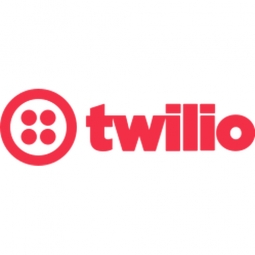Technology Category
- Infrastructure as a Service (IaaS) - Private Cloud
- Infrastructure as a Service (IaaS) - Virtual Private Cloud
Applicable Industries
- Telecommunications
Use Cases
- Time Sensitive Networking
- Usage-Based Insurance
Services
- System Integration
About The Customer
eHarmony is an online dating site founded in 2000 and headquartered in Santa Monica, California. The platform is designed to connect men and women who are looking for long-term relationships. eHarmony operates in over 150 countries, making it a global leader in the online dating industry. The company is committed to providing a secure and user-friendly platform for its subscribers, and is constantly seeking innovative solutions to enhance the user experience and maintain the privacy and security of its users.
The Challenge
eHarmony, an online dating site, was faced with the challenge of enabling its users to connect over the phone while keeping their personal phone numbers anonymous. The company had previously introduced a private calling solution, but it was found to be difficult to use by subscribers. Users had to initiate phone calls to their matches using their computers, a process that was deemed cumbersome. eHarmony was therefore tasked with finding a calling solution that would provide a better customer experience, while maintaining the privacy and security of its users.
The Solution
eHarmony decided to implement Twilio's anonymous calling solution, Secure Call, to address this challenge. Twilio's technology was chosen due to its robustness, reliability, and the maturity of its APIs. The implementation process was straightforward, with a single developer able to create a working prototype in just a few hours. A team of four developers then completed the full integration of Twilio and the new Secure Call feature within 30 days. The Secure Call feature assigns a private, virtual phone number to users, which is linked to their personal number. This allows users to connect with their matches without revealing their personal phone numbers, enhancing their privacy and security.
Operational Impact
Quantitative Benefit

Case Study missing?
Start adding your own!
Register with your work email and create a new case study profile for your business.
Related Case Studies.

Case Study
Vodafone Hosted On AWS
Vodafone found that traffic for the applications peak during the four-month period when the international cricket season is at its height in Australia. During the 2011/2012 cricket season, 700,000 consumers downloaded the Cricket Live Australia application. Vodafone needed to be able to meet customer demand, but didn’t want to invest in additional resources that would be underutilized during cricket’s off-season.

Case Study
SKT, Construction of Smart Office Environment
SK T-Tower is the headquarters of SK Telecom. Inside the building, different types of mobile devices, such as laptops, smartphones and tablets, are in use, and with the increase in WLAN traffic and the use of quality multimedia data, the volume of wireless data sees an explosive growth. Users want limitless Internet access in various places in addition to designated areas.







